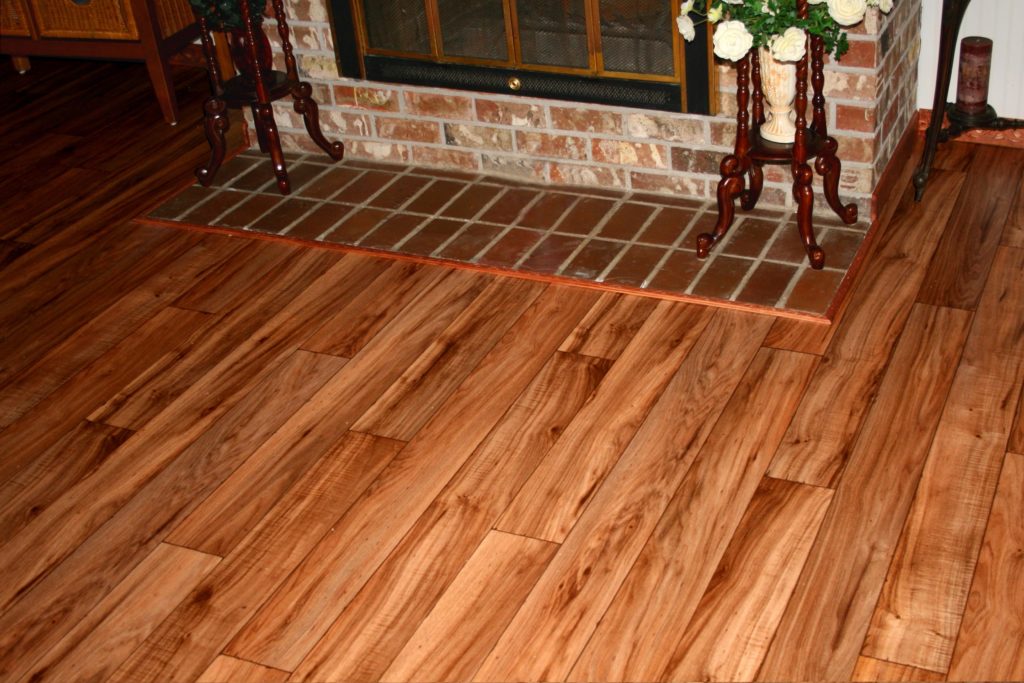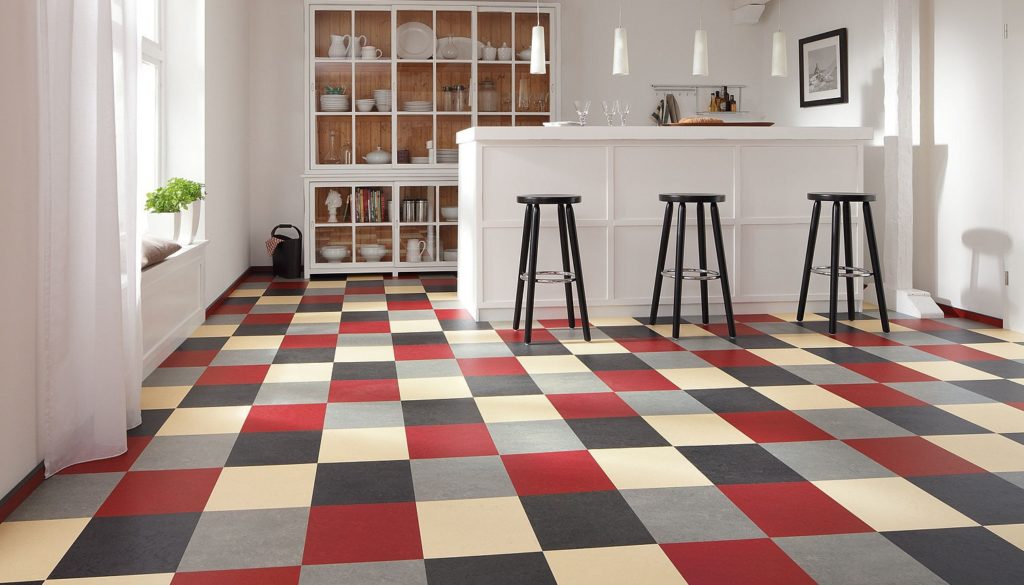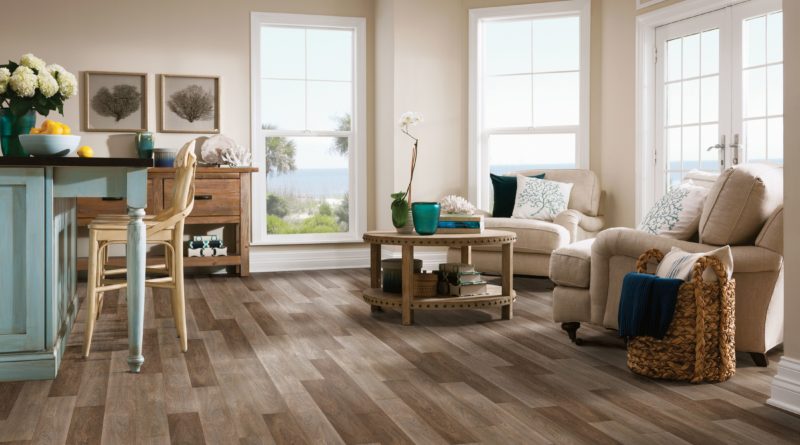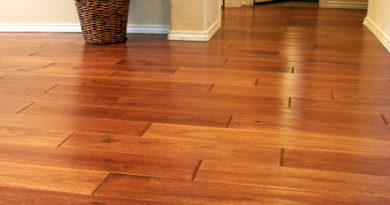LINOLEUM FLOORING | An Architect Explains
Linoleum also called ‘lino’ is a floor covering similar to the synthetic Vinyl flooring, but is made from renewable, natural materials such as solidified linseed oil (linoxyn), pine resin, ground cork dust, wood flour and fillers on a jute or canvas backing. Linoleum is flexible and available in a wide range of colors, designs and textures. Some linoleum offerings imitate more expensive natural flooring choices such as marble, granite, stone and wood. It is quite popular with economy-minded homeowners who also are environment conscious.

Linoleum was discovered by accident back in 1861 when linseed oil oxidized into a skin from a can of paint. It then became a cheap flooring option for homes. However it is being replaced by a similar looking material Vinyl, which is even cheaper.
Linoleum has both advantages and disadvantages. It is useful to know the characteristics of linoleum, its usability and suitability as a flooring option. As an Architect, I have described Linoleum along with it’s features under the following headings so that you can decide whether it is suited for your requirement and your space:
What are the advantages of Linoleum flooring?
What are the disadvantages of Linoleum flooring?
Where is Linoleum flooring best suited?
WHAT ARE THE ADVANTAGES OF LINOLEUM FLOORING?
- Durability: If it’s cleaned properly and maintained, it should last for years. It’s quite good for high traffic areas.
- Versatile: Linoleum is one of the most versatile flooring choices because it is available in a wide array of colors, sizes and thicknesses.
- Easy to install: Linoleum is made up of self-adhesive tiles which can be attached directly to the existing floor without the need for any grouting. Also a razor is sufficient to cut and create an exact fit around edges or corners.
- Soft: Linoleum is a little softer than other types of flooring. It is also quiet.
- Eco-friendly: because it’s almost entirely made out or renewable resources.
- Water-proof: it’s great for kitchen and bathrooms as it’s water proof. Spills can be easily cleaned.
- Affordable: Compared to other flooring choices such as ceramic tile or hardwood, linoleum is a lot less costly to install.
- Easy to maintain: a weekly wet wash is sufficient.

WHAT ARE THE DISADVANTAGES OF LINOLEUM FLOORING?
- Moisture: one of the biggest problems with linoleum is that it traps sub-floor moisture. So it is better avoided on concrete sub-floors as the moisture can damage not just the concrete but also the linoleum.
- Expands and contracts: To prevent any installation problems, let it acclimate for a few days.
- Soft, impressionable surface: which tends to be less durable than harder flooring materials such as stone or wood. The surface can be easily cut or marred by heavy sharp objects or scratched if furniture or chairs are dragged across its surface.
- Yellow with age: Linoleum tends to yellow or get a dingy cast over time if not properly cleaned or maintained.
- Considered cheap: Some people tend to associate linoleum with cheap or economical flooring, which is not very desirable when trying to sell a home.
- Institutional look: Linoleum can give a room a cold, institutional look rather than a warm and fashionable decor.

WHERE IS LINOLEUM FLOORING BEST SUITED?
Linoleum is durable, easy to install, naturally anti-bacterial and biodegradable and so is a “green” option suited in homes, offices, institutions and showrooms. Linoleum flooring is economical but it’s more expensive than vinyl. Vinyl flooring is getting more and more popular because of the lower cost and because it has many of the features that linoleum has.
For information on other flooring options, go to:
- Flooring | Natural Material Options
- Flooring | Man-made Material Options
- Flooring | Resilient Material Options
READ MORE:
In order to get a rough idea of the suitability of a particular flooring for your requirement and to make a fair comparison of the different types of flooring, refer to an Architect’s rating of the various kinds of flooring on my blog: House construction in India
If you found this post useful, all it takes is a simple click on the “pin it” “like,” “share,” “tweet,” or Google+ buttons below the post.



